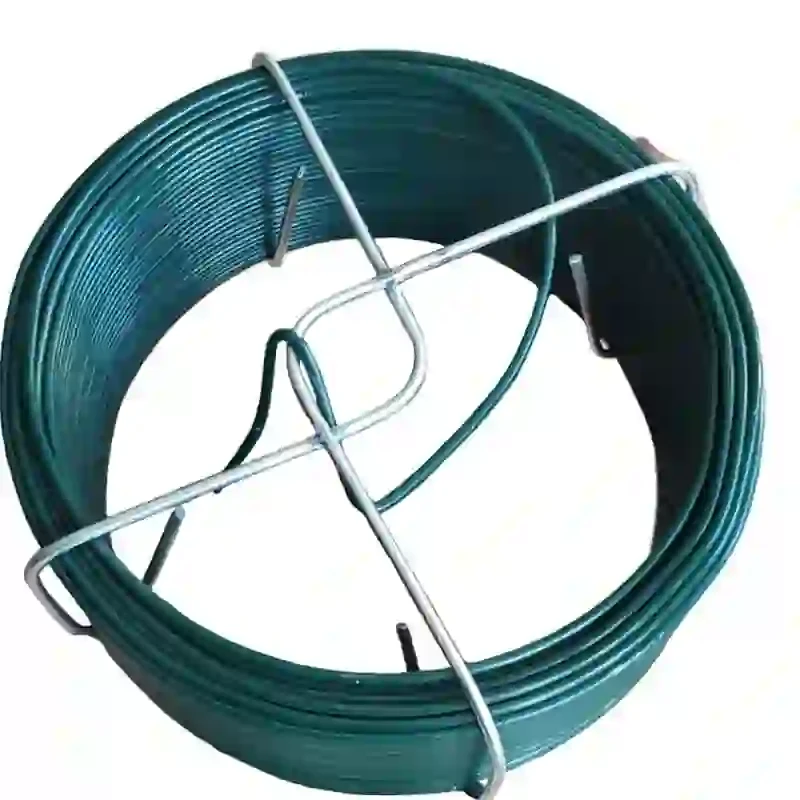-
 Phone:
Phone: -
 Email:
Email:

bale wire
The Versatile Applications of Bale Wire in Modern Industries
Bale wire is a crucial component in various industries, renowned for its strength, versatility, and efficiency. Constructed from high-quality steel, it provides a durable solution for binding and securing bulk materials, making it an essential tool in agriculture, recycling, construction, and manufacturing sectors. As the demand for effective and efficient packaging and bundling solutions grows, so does the significance of bale wire.
The Agricultural Industry
In the agricultural sector, bale wire plays an invaluable role, especially in the hay and straw industries. Farmers often rely on bale wire to secure hay bales for transport and storage. The wire ensures that bales maintain their shape and integrity, preventing spoilage due to moisture and reducing the risk of loss from wind or pests. With the prevalence of large-scale farming operations, the use of durable bale wire has become increasingly important. It not only reduces the labor needed for handling bales but also enhances the efficiency of operations by enabling quicker loading and unloading processes.
Furthermore, bale wire is also utilized in the livestock industry for creating sturdy structures such as fences. This wire provides the necessary strength to withstand harsh environmental conditions while ensuring the safety and containment of livestock.
Recycling and Waste Management
The recycling industry also benefits significantly from the use of bale wire. It is commonly employed to bind recycled materials such as cardboard, plastics, and metals into manageable bales. This bundling process is vital for facilitating transportation and storage, optimizing space, and improving the efficiency of recycling facilities. By using bale wire, recycling companies can reduce the cost associated with handling loose materials, as neatly packaged bales are easier to stack and transport.
In addition, as society becomes more environmentally conscious, the demand for recycling has surged. Therefore, the importance of bale wire in this sector continues to grow, reflecting our collective commitment to sustainability and waste reduction.
bale wire

Construction and Manufacturing
In the construction and manufacturing sectors, bale wire's robustness makes it an excellent choice for various applications. It's often used in the production of wire mesh, which provides structural support in concrete projects, ensuring safety and stability. The wire's tensile strength allows it to be molded into different shapes and sizes, catering to diverse construction needs.
Manufacturers also utilize bale wire in the production of various products, from furniture to automotive parts. Its versatility means it can be tailored to meet specific requirements, making it a staple in many production lines. Additionally, using bale wire can reduce material waste and lower production costs, appealing to manufacturers striving for efficiency.
Innovations and Future Prospects
As industries continue to evolve, so does the technology behind bale wire. Innovations in manufacturing processes and materials have led to the development of even stronger and more lightweight options, catering to more specialized needs. Furthermore, advancements in technology have improved the recyclability of steel wire, enhancing its environmental footprint.
Looking ahead, the future of bale wire appears promising. With increasing awareness of sustainable practices and the ongoing push for reducing waste, the demand for bale wire in various industries is expected to continue growing. Companies are likely to invest in more efficient methods of using bale wire, further integrating it into their operations.
Conclusion
Bale wire is more than just a binding solution; it is a vital tool that supports multiple industries in enhancing efficiency and sustainability. From securing agricultural products to optimizing recycling processes, its applications are extensive and essential. As industries adapt to modern challenges and strive for greater efficiency, the importance of bale wire will undoubtedly remain prominent. As we look to the future, its role in promoting sustainable practices and supporting various sectors will only become more critical.
-
Wire Mesh for Every Need: A Practical SolutionNewsJul.25,2025
-
Steel Fences: Durable, Secure, and Stylish OptionsNewsJul.25,2025
-
Roll Top Fencing: A Smart Solution for Safety and SecurityNewsJul.25,2025
-
Cattle Farm Fencing Solutions for Maximum SecurityNewsJul.25,2025
-
Affordable Iron Binding Wire SolutionsNewsJul.25,2025
-
Affordable Galvanized Wire SolutionsNewsJul.25,2025
-
Wire Hanger Recycling IdeasNewsJul.25,2025








